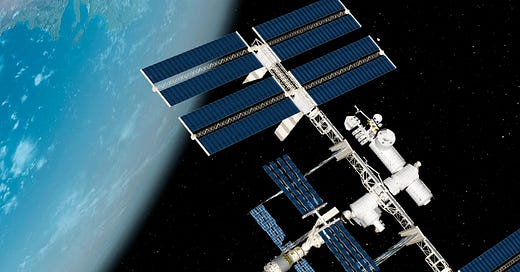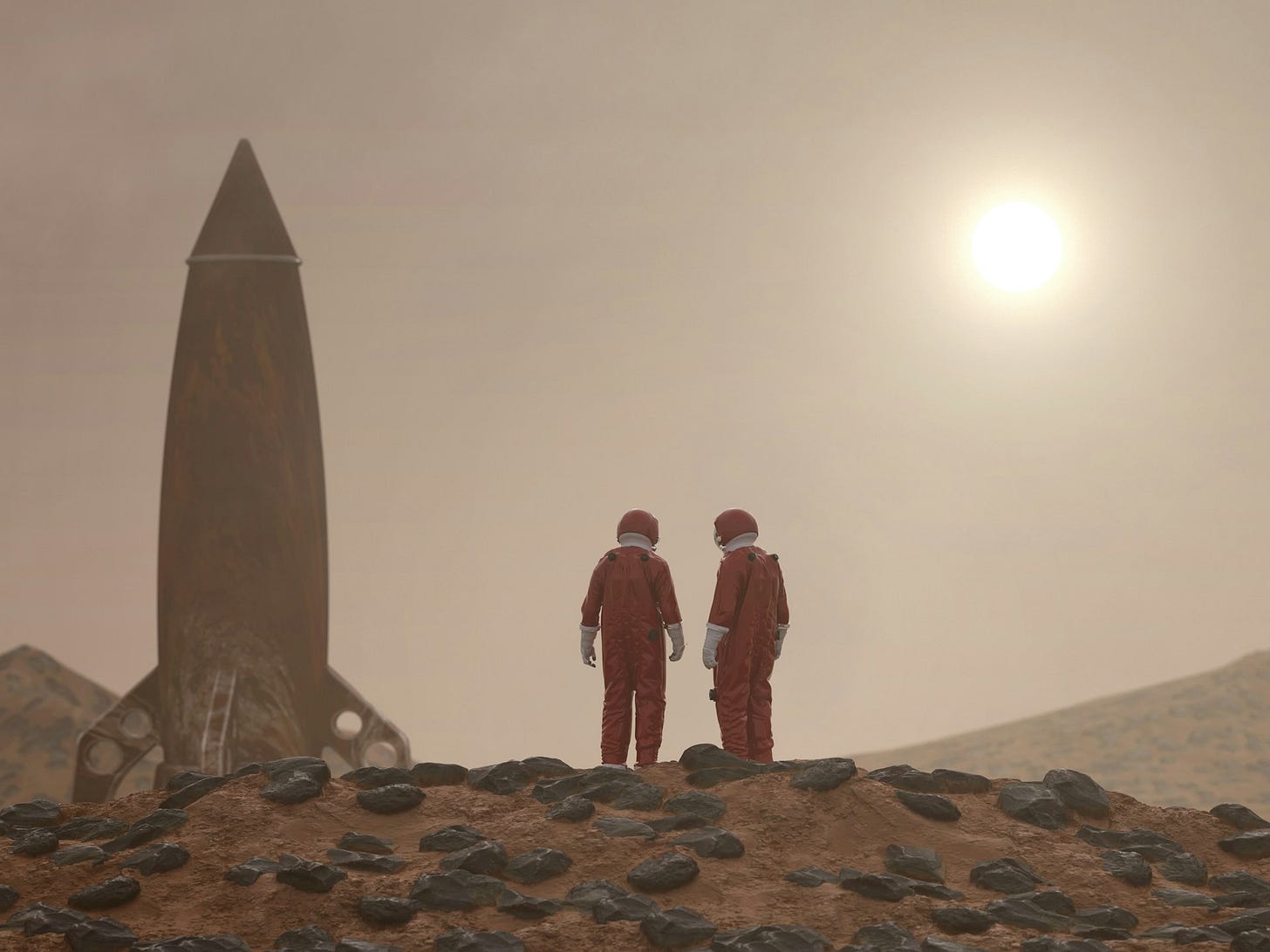The ISS Is Retiring. Can It Still Help Us Get to Mars?
Insights from the Analog Astronaut Conference
Hi there,
It’s midweek—perfect timing for a dose of inspiration. ✨
What if the ISS’s final mission could help us get to Mars? 🛰️ At the Analog Astronaut Conference, we explored that powerful question—and what it means for Earth, too.
A Unique Window of Opportunity
The International Space Station (ISS) is approaching the end of its life … and with it, a unique opportunity to simulate humanity’s most dangerous voyage yet: the 8-month trip to Mars.
That’s why Explore Mars and I teamed up with the Analog Astronaut Foundation at the 2025 Analog Astronaut Conference to pose a bold question: Could the ISS (and/or a future commercial space station) serve as a transit-phase analog mission—not just for the engineering and biology, but for the operational, psychological, and cognitive readiness of astronauts expected to work the moment they land?
Preparing for Day One and Beyond
A three-time analog astronaut myself, I had the honor of moderating a powerhouse panel featuring astronaut Dr. Shawna Pandya, astronaut Dr. Sian Proctor, and analog astronaut Ashley Kowalski alongside co-moderator Dr. Jennifer Hesterman. And what a conversation it was!
Here’s the issue. When astronauts finally set foot on Mars, they won’t have the luxury of rest and recovery. After 6–8 months in microgravity, they’ll need to hit the ground running to set up life support, do construction and maintenance, even manage emergencies. We know a fair amount about how long-duration spaceflight impacts the human body, thanks to missions on the ISS. But none of those astronauts landed somewhere and went straight into work mode. That’s the gap.
Building the Next-Generation Analog
To close it, we need a high-fidelity analog: a mission where astronauts spend months in space and then transition directly into a surface simulation here on Earth—or maybe even on the Moon. And with the ISS nearing retirement, and commercial stations not yet fully online, our window to test this is narrowing. Plus, the “skinny” NASA budget released by the White House mere hours before our panel underscores the difficulty—and urgency—of preparing adequately for Mars in an era of geopolitical tension. This is an all-hands-on-deck situation.
What started as a conversation about 8 months on ISS quickly evolved. The audience and panelists together pushed the vision further—toward a mission architecture with two space stations (one in microgravity, one in fractional gravity like Mars’ 1/3 gravity), or transitioning from orbit directly to a Moon-based analog (with 1/6 gravity) in underground lava tubes to simulate arrival conditions on Mars. That’s right, we’d be using the Moon to simulate Mars!
Big Questions, Bold Conversations
These ideas didn’t come from a slide deck. They came from generative friction, creativity, and collaboration between the panelists and the audience. But we also surfaced real challenges. Can NASA or private space companies actually support this kind of analog? Who funds it? How “real” is real enough?
And we definitely had differences of opinion. What counts as mission-critical testing? How closely does an analog need to capture the boots-on-the-ground conditions that early astronauts will face on Mars? And how much time do we have left for all this? But one message was clear: We can’t wait for permission. If we want astronauts to arrive on Mars ready to thrive—not just survive—we need to simulate everything we can. Now.
Looking Ahead
This isn’t just about Mars. It’s about building capabilities that can strengthen disaster resilience, mental health systems, and operational excellence right here on Earth. Solving for space makes life on Earth better, starting today.
I’ll be continuing this conversation at the Humans to Moon and Mars Summit in Washington, DC on May 28-29. Until then, our communities are calling on the analog community, commercial space players, and forward-thinking funders to make the most of this unique moment in space history.
Be voracious,
Tiffany
PS Want to join the conversation? Come join us at the Humans to Moon and Mars Summit! Register here: www.exploremars.org/summit/
More Photos from the Analog Astronaut Conference


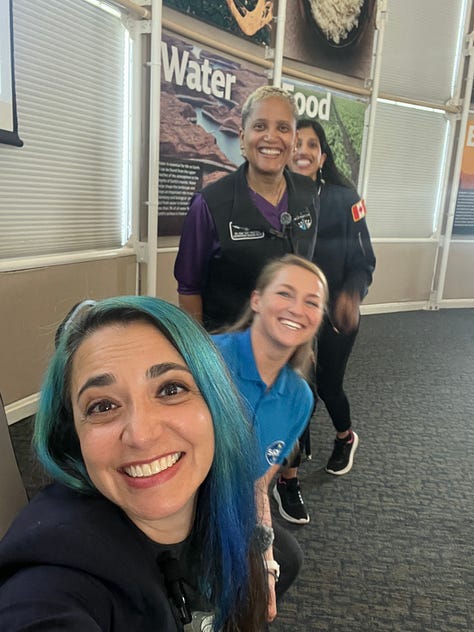
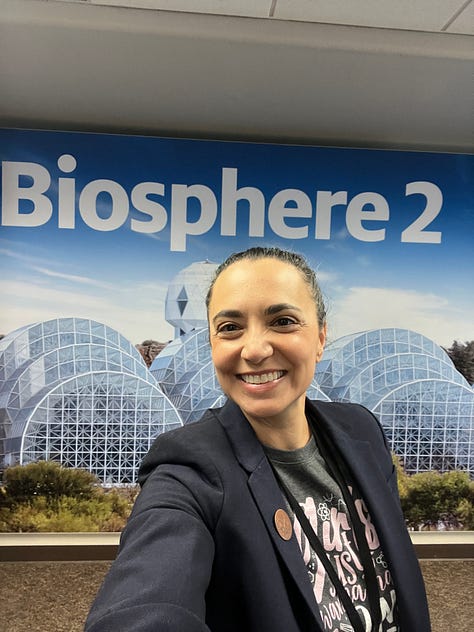
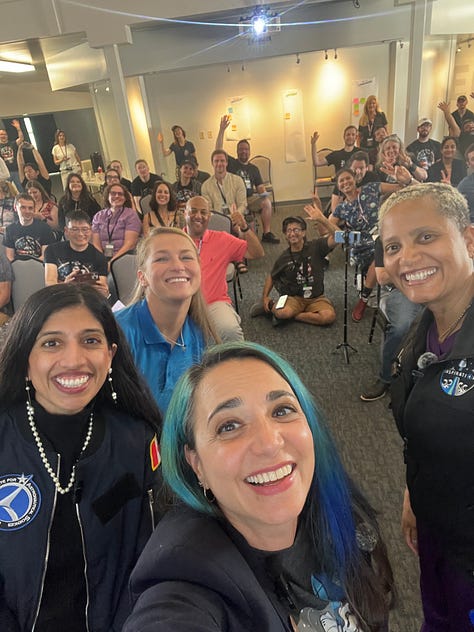
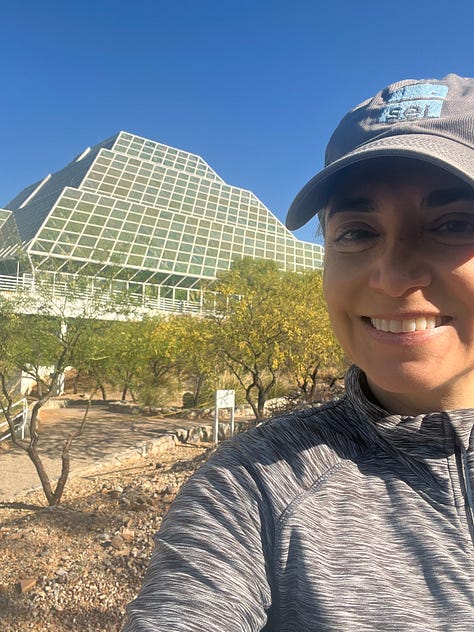
Work with Tiffany
Are you or your organization looking for a speaker with expertise in biotech, innovation, health, medicine, and sustainability for your next event? I'd be honored to create an unforgettable experience for your audience. Please visit my website or send me a direct message to learn more.
Donate = Impact
PS I’d love to keep sharing science conversations with more people around the world! This will be possible when people like you share my work with your communities and also feel inspired to make a donation. You can choose to buy me a coffee and I’d be truly grateful. You can also upgrade to a paid subscription if you haven’t yet. Thank you for your support!

